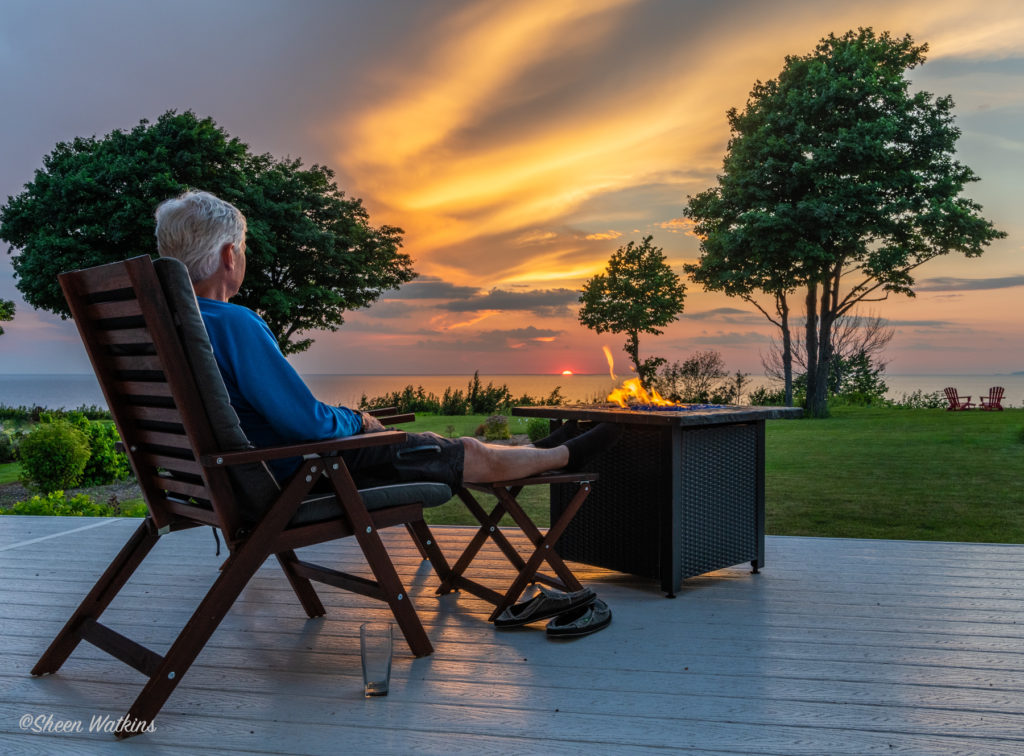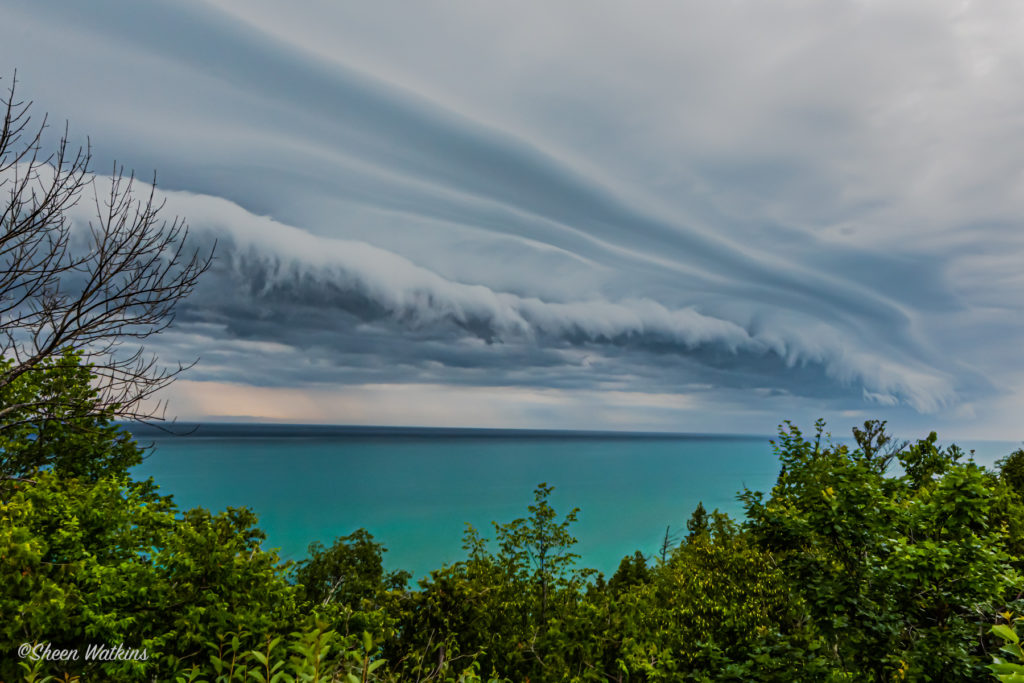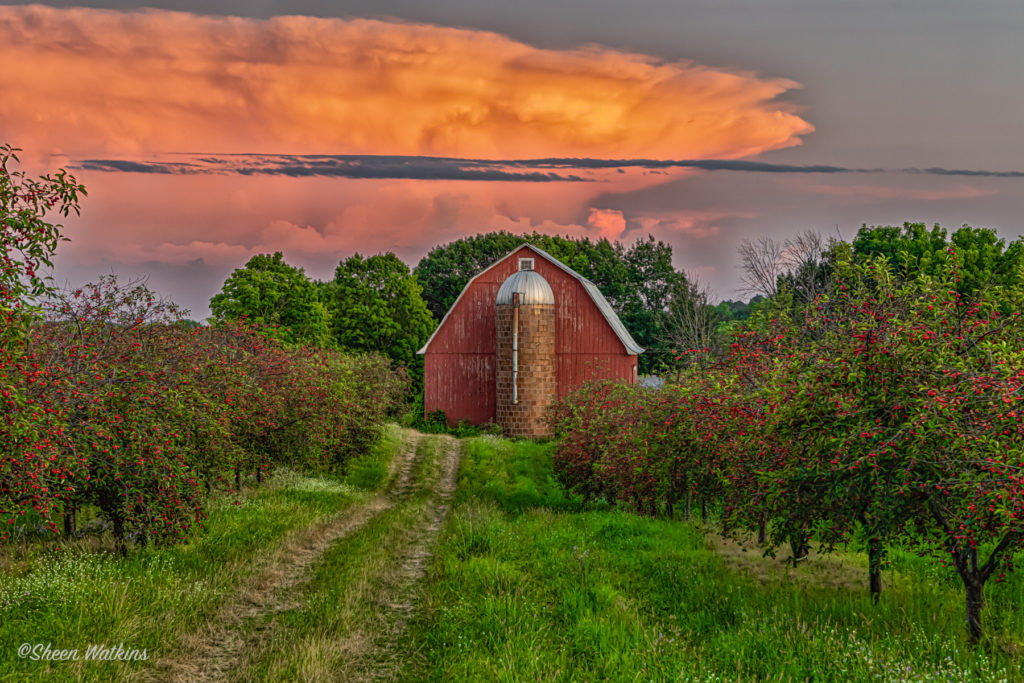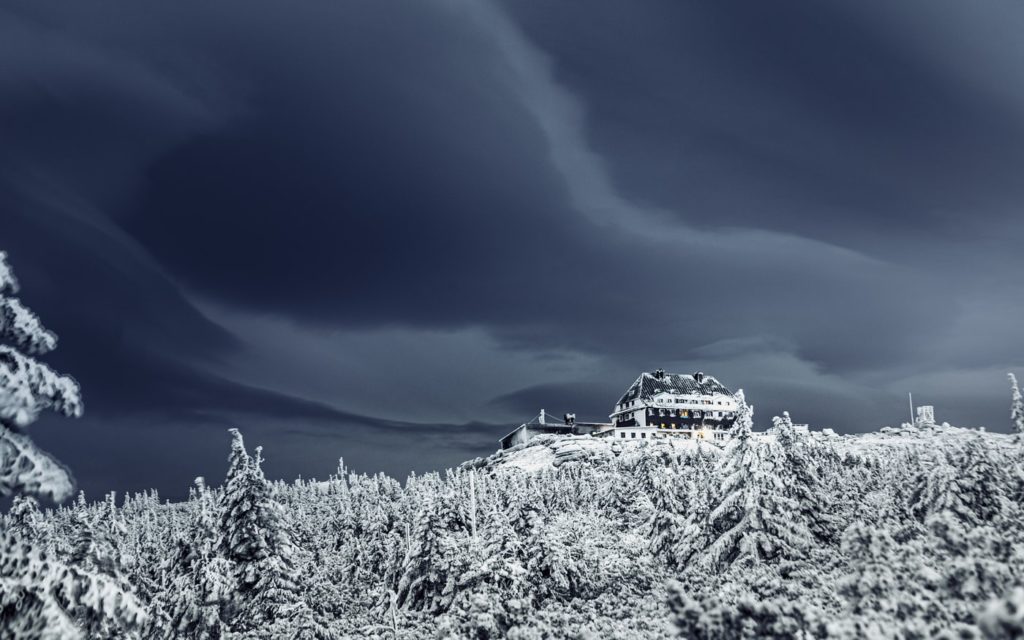Where were you the last time you had a minor (or major) meltdown over your gear? Have you missed a magic moment sunrise or sunset shoot by five minutes? What about those items that get ‘lost' in your camera bag the moment you need them? Or, what about that time you had to leave a shoot because of a mishap that you or someone in your group experienced?

If you've been shooting for a while, then you've probably experienced a few frustrations that made you a little crazy that non-photographers will never understand. Be it planning, arriving, shooting and post-processing, we take a lot of personal pride in all of these aspects of our work.
This brief article will not solve all of these and other challenging situations that arise. We will offer tips on preparedness, gear care and protection, camera bag organization and shoot planning. With a few habitual steps, you can elevate your photography productivity and relaxing time!
1. Plan For The Unplanned
None of us wants anything bad to happen when we're out shooting. The reality though is that mild accidents are quite common and more serious accidents or injuries can occur. As a result of one of my photography partners falling through the ice into frigid waters up to her knees (she's ok!), I updated the stash of supplies I keep in my car.

I have 2 plastic lift top bins that include:
- Bin 1: Emergency kit, 2 pairs of extra socks, lightweight gloves, heavy gloves, 3 large trash bags, 2 towels, wool hat, hand warmers, flashlight, sweatshirt, water-wicking pants, lightweight reflective jacket, Yak Traks, Ice Spikes
- Bin 2: Lens cleaners, zip-lock storage bags, smaller flashlight, rain poncho, spare bottled water, spare USB/power cord, sunscreen, hats
- In the trunk: 1 pair of waders, 1 pair of rubber knee-high boots, 1 pair of flip flops
Depending on where you live, the contents will change as you probably won't be needing ice spikes in Arizona. Since putting these bins in my SUV, they've been used either by me or other photographers on several occasions. The benefit is that many mishaps were taken care of at the car and we were able to keep shooting.
2. Keeping Your Stuff Up To Scratch ~ Accessory Care
The minute we take our gear out of the store, it is at risk. It's not something we want to think about or even keep top of mind. Having good insurance on your gear just makes sense. PPA, Professional Photographers of America (a worldwide trade association) offers camera and lens insurance with their membership. Up to $15,000 worth of coverage for a list of mishaps and theft. There are many additional benefits with this organization that boasts a membership of over 30,000 in 60 countries.
Where is the safest place to keep your gear once it is outside of the original product box? Our gear is exposed to the elements with every shoot. It is reliant on us and our ability to walk and shoot at the same time. We have to be cognizant in keeping it out of thefts way. Plus, there's normal wear and tear with normal usage. With a few routine steps and precautions, our gear will be good-to-go for each shoot.
Keeping Your Camera Bag Clean – nothing spells trouble faster than issues with your camera bag. In addition to choosing the right bag for your specific needs, it makes a difference in keeping your bag clean. A monthly wipe-down will keep dust and debris minimized and help keep your gear clean and ready-to-go.
Zip-It – I've learned my lesson the hard way (well, my husband did as he didn't zip my bag). I've also seen other photographers lose items as a result of inconsistent zipping habits. Easy solution – keep your bag zipped. I've seen too many people forget that their bag was not zipped. Lenses, cameras, filters all fly and crash to the floor/ground. Gut-wrenching! If you make it a habit to zip your bag closed after each lens/gear removal or exchange, you'll never be faced with the uh-oh moment!
Keep it Clean – Having and using a bubble blower handy will help keep light dust particles and debris off of your lenses and filters before each shoot. Blowing debris off of your camera before changing lenses will help reduce unwanted dust from finding its way into your camera too. Investing a few minutes each month to really clean your lenses will help keep them in top shape for your next usage.
3. Camera Bag Organization
Depending on your camera body and lenses, you may have one small camera bag or a couple of bags. In addition to keeping your bags clean, organization is crucial to optimizing your time at each photoshoot.
Here are a few tips on ensuring you are ready to roll.
- Prep your bag, lenses, batteries, supplies the night before. By going through and having your bag ready to go the evening before, you won't be chasing for those lost or needed items and delaying your start for the day.
- Keep the urgent items, filters, lens cleaners, spare battery (unless it's very cold), wrenches in the outer pockets so you can reach them quickly. Keep the big items or items that you don't need in the most protected area of the camera bag.
- Before placing your gear in the bag for storage, check your camera and adjust to your preferred settings. You'll be ready to focus and shoot much faster as you'll know exactly what you're set up for and can quickly adjust.

4. Are You Focused & Ready?
There are times when we can plan and script timing, where we'll be and where we'll go. There are also those occasions that surface where you have just minutes to respond and react. Both situations require some forethought to maximize our time and image diversity.
Planning Your Shoot
We know where we want to go. We know how to get to our destination. We may have been there many times over. But have we thought through what we want to accomplish? For example, we may know that we want to photograph a given subject, in this case, Point Betsie Lighthouse (pictured above and below) and area. I knew that it was going to be an amazing subject given Michigan's icy conditions. I had seen many images on Instagram and Facebook that gave me the motivation to want to go there and photograph. At the same time, I did not want only a look-alike, iconic version of what I'd already seen on social media.
I reviewed the weather app and The Photographer's Ephemeris for sunset time and angles. Arriving 2 hours before sunset, I was able to capture daylight views, and landscapes that I would have been rushed to find had I arrived 30 minutes before sunset. I used my packed super-wide and midrange lenses, tripod, graduated density and circular polarizing filters.
My favorite images turned out to be what was happening at the lighthouse location versus the actual lighthouse. The Golden Hour!

Winging It
Ah, the thrill of the chase, exploring and finding something cool and different to photograph. Our ability to wing it and get good images is predicated on a few key facts.
- Your gear is nearby – keeping your camera bag with you when you can;
- Know your camera and how your lenses perform at various settings and
- Just go for it when the moment surfaces.
A few weeks ago we had storms and crazy clouds. From the dinner table, I saw what was going to be an interesting photo opportunity. We literally left the dinner table, got in the car and looked for a spot as the weather and light were changing fast. It was a moment of stop, climb on top of the Jeep and get the shot.

Three Lessons I've Learned And Remember Over Time
1) You'll never be disappointed by keeping your gear with you
2) You'll never regret time in the field
3) By developing good camera care habits, you're ahead of the game in getting more great images!
We hope you've enjoyed these sanity-saving tips. If you'd like more on these tips take a look at these great articles




